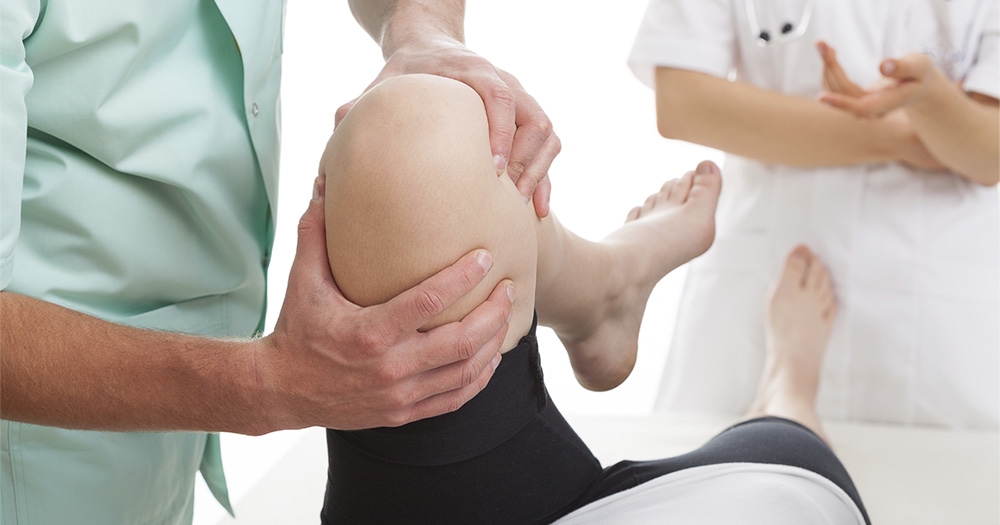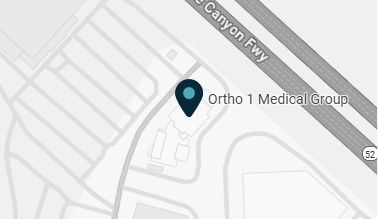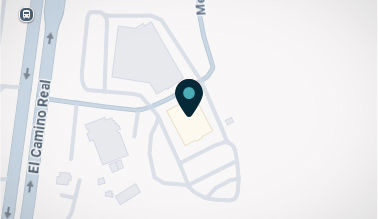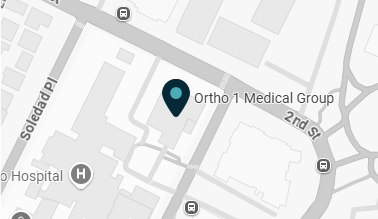If you've undergone or are scheduled for ACL repair surgery, you're probably eager to get back to your normal activities as quickly as possible.
Recovery from this type of surgery can be challenging, but with the right strategies, you can enhance your healing process and regain full function of your knee.
At Ortho 1 Medical Group with offices in San Diego, Chula Vista, La Jolla, and Coronado, California, our board-certified orthopedists specialize in helping patients recover from ACL surgery.
Our team provides comprehensive, personalized care to ensure you have the best possible outcome after your injury heals.
Keep reading for five effective and practical ways to enhance your ACL repair recovery and get back on your feet faster.
1. Be a stickler about following rehab instructions
One of the most important parts of recovering from ACL surgery is sticking to your rehabilitation (physical therapy) program by:
- Attending all your scheduled physical therapy (PT) sessions
- Performing the exercises at home as instructed by your specialist
- Talking to your therapist about any pain or especially difficult exercises
Your physical therapist designs a personalized exercise regimen to help you regain strength, flexibility, and stability in your knee.
These exercises are specifically designed to target the muscles around your knee, ensuring they support the joint properly.
Regularly performing these exercises helps prevent stiffness, reduces pain, and promotes faster healing.
2. Manage your pain effectively
Pain management is a key component of your recovery. Proper pain control allows you to take part to your fullest extent in physical therapy while keeping a positive outlook on your recovery, which is important for healing.
Put another way, uncontrolled pain can limit your ability to engage in PT and slow down your overall recovery. To best manage your pain:
- Follow your Ortho 1 Medical Group providers recommendations for pain medicine
- Use ice packs to reduce swelling and numb the area
- Elevate your leg when resting to minimize inflammation
Some discomfort as you heal is expected, but be sure to reach out to your orthopedic provider if you struggle to stay ahead of your pain.
3. Maintain a healthy diet
Nutrition plays a big role in your healing and recovery. Eating a balanced diet rich in vitamins, minerals, and proteins can speed up your body's ability to repair tissues.
Maintain a healthy diet by:
- Incorporating protein-rich foods like legumes, beans, tofu, and lean meats
- Make fruits and fresh or cooked veggies the star of your plate
- Stay hydrated by drinking plenty of water throughout the day
The right nutrition gives you the necessary building blocks for tissue repair and helps maintain your overall health, which is key during your recovery.
4. Avoid putting excess strain on your knees
While it's important to stay active and follow your rehab program, it's equally important to avoid activities that could put excess stress on your recovering knee.
Be sure to follow your physical therapist and Ortho 1 Medical Group provider’s guidelines about weight-bearing activities, gradually increasing your activity level as advised.
You’ll also want to use crutches or a knee brace as recommended by your provider to protect your knee during the early stages of recovery. And be sure to avoid high-impact activities, like jumping, running, or lifting heavy objects until you get the green light.
5. Stay positive and patient
A positive mindset can boost your motivation to stick with your rehabilitation program and help you cope with the challenges of recovery. While it can be hard, you can stay positive and patient by:
- Setting realistic goals for your recovery and celebrating small milestones
- Staying connected with your support system, including family, friends, and healthcare providers
- Practicing stress-relief techniques like meditation, deep breathing, or hobbies that you enjoy
Recovery from ACL repair surgery takes time, but by maintaining a positive attitude and staying patient you can significantly enhance your healing.
Ready to learn more about how to enhance your ACL repair recovery? Schedule an appointment online or over the phone with an orthopedist at the Ortho 1 Medical Group San Diego-area office most convenient to you.





















